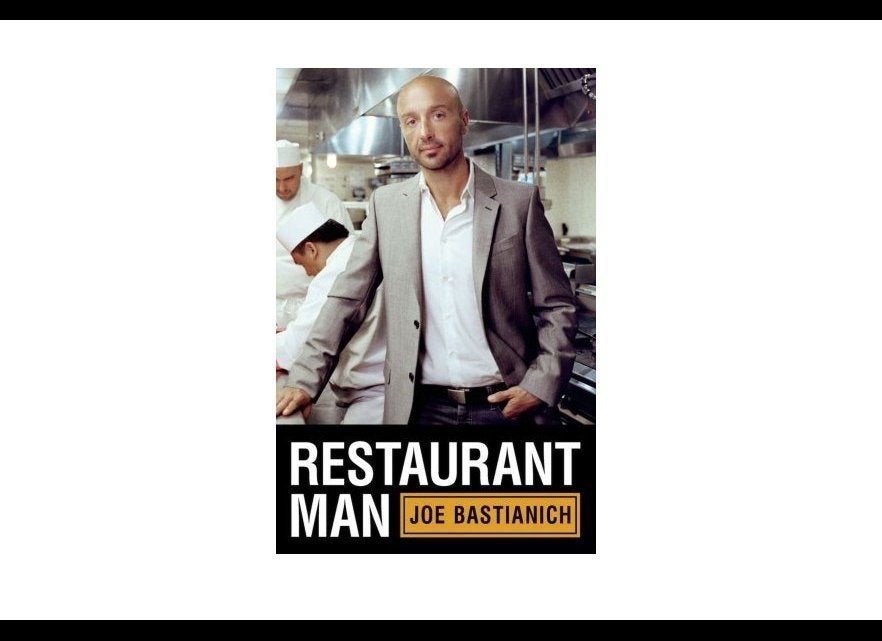
The episode of the madeleine, near the beginning of Swann's Way, is far and away the most famous part of Marcel Proust's epic novel In Search of Lost Time. You're probably familiar with its outlines, even if you've never read a word of Proust: the grownup narrator eats a madeleine dipped in tea, and it reminds him so much of childhood afternoons at his aunt's home in Combray that his mind summons a freight train of images and stories from decades earlier in his life, sparking more than 3,000 pages of recollections.
The sequence is so powerful and lovely that it's inspired countless spoofs and at least one well-known poem. It's also been fodder for more than a few scientific works on memory, including Jonah Lehrer's hit book Proust Was A Neuroscientist. These have generally agreed that the madeleine episode gets the concept of "involuntary memory" more or less right -- that taste and smell may indeed provoke spontaneous recall of richly-textured information stored deep within the brain.
But when Oxford University research fellow Emily Troscianko read this literature on Proust's depiction of involuntary memory, she noticed a strange trend: they all misconstrue Proust.
In a recent paper in the peer-reviewed journal Memory Studies, Troscianko says most studies of the madeleine episode "quote or paraphrase the text so selectively that crucial aspects of the experience are omitted." These elisions make it seem as though the narrator remembers his childhood immediately after tasting madeleine. In fact, the madeleine gives him a glimpse of a pleasure he can't identify, which he associates with afternoons in his aunt Leonie's kitchen only after he "tries 10 times to reach it, resisting the laziness of letting it go." So the synopsis we have in our minds is wrong.
For that reason, Troscianko argues that the madeleine episode may actually be an example of voluntary memory, actively retrieved by the narrator. That's the type of memory that we encounter all the time -- not something miraculous. That would help explain the amount of detail about the past that the narrator finds himself able to recall after eating the madeleine, which Troscianko cites as another unrealistic aspect of the sequence.
Her critique doesn't impugn the literary merit of In Search of Lost Time, but it certainly strikes a blow to poor Jonah Lehrer's theory about Proust's covert vocation. And it may damage the madeleine's reputation as a spur for creative activity. Troscianko told The Huffington Post that they've never helped her write. In the course of her writing, she bought "a cheap packet of madeleines" to see if they would affect her the way they affected the narrator.
"I was predictably disappointed when they did nothing for me," she said in an email. "Wrong kind of childhood, I suppose."
Or maybe the wrong kind of cookie? A 2005 article in Slate argued that Proust couldn't have been inspired by a madeleine, because real madeleines don't disintegrate in tea the way they do in Swann's Way. Early drafts of the novel apparently had "biscotte" and toast in place of madeleines. But "Proust's Biscotte" doesn't sound as French, and "Proust's Toast" doesn't sound as good, as "Proust's Madeleine." And neither is as memorable.
